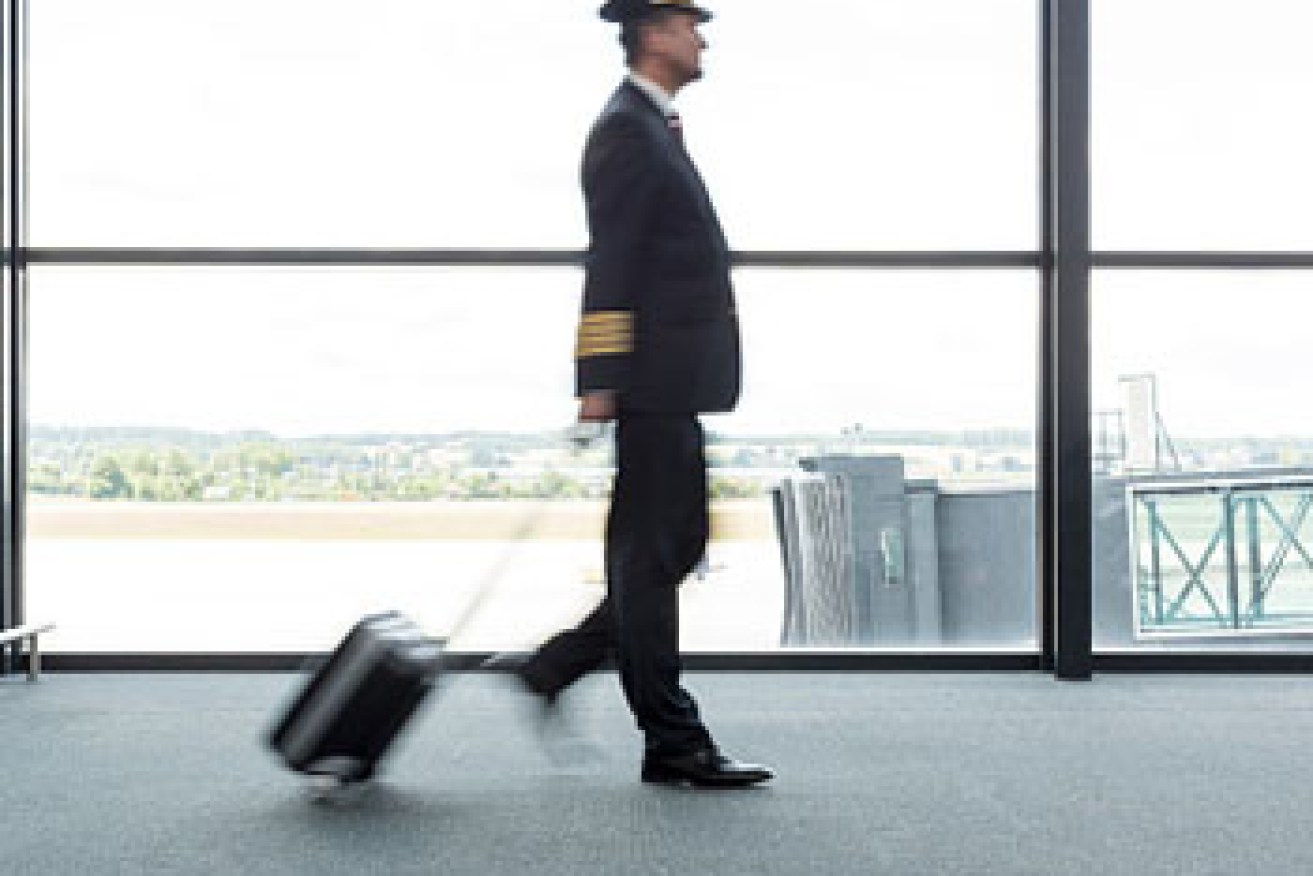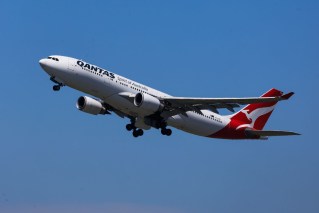How dangerous is turbulence? A pilot’s take


"My job is to get you from A to B in comfort", says Mr Beavan.
Australian passengers have described horrifying scenes from aboard an Air Canada flight that was forced to make an emergency landing in Hawaii after it encountered severe turbulence this week.
At least nine people were seriously injured in the incident, and 30 in total were taken to hospital once the plane landed safely in Honolulu. It was five hours into the flight from Vancouver to Sydney when the plane hit a rough patch.
Llyn Williams was traveling home to Sydney with his wife, Erica Daly, who was one of the passengers taken to hospital upon landing.
Mr Williams said the scene was frightening, with “a lot of blood everywhere” as almost all passengers not wearing seatbelts hit the ceiling.
While this is an extreme case of turbulence, some turbulence is relatively common on flights – to a degree.
In 2016, The New Daily spoke to an experienced pilot to get the inside knowledge on what causes turbulence, and what to do when it hits.
This is your pilot speaking
Jason Beavan has been a pilot for more than 20 years – that equates to over 10,000 hours of flying time, and plenty of turbulence.
As a 737 pilot for a major Australian airline, Mr Beavan spends his days making sure passengers get where they want to go in comfort.
For most passengers, that means a bump-free, worry-free ride. However, sometimes external circumstances can mean the “fasten seat belt” sign has to be activated.
It’s certainly not pleasant, but just how dangerous is turbulence? And what causes it?
We asked Mr Beavan all the big questions, so you can board your next flight with confidence.
A plane flying through turbulence is just like a boat going through rapids.
And just as rapids are formed when water flows over rocks, turbulence is formed when strong winds go over buildings or mountains.
There are a couple of different types of turbulence, but all are caused by movement of air.
Mechanical turbulence happens close to the ground, such as when we approach a runway. Air flying over a terminal building may cause turbulence and a bit of a bumpy landing.
Airports are actually designed with this in mind, but it’s inevitable that a runway needs to be next to terminals, so turbulence on the way down is always a possibility.

Mr Beaven’s advice? Wear your seat belt at all times. Photo: Getty:
There are certain airports in Australia that are more susceptible to mechanical turbulence, such as Sydney Airport. If you land in Sydney with the wrong wind coming off the freight terminal, you might experience it. Alice Springs is another one, and in Melbourne sometimes wind can come off the hills from the north.
The other kind of turbulence – clear air turbulence – happens when you get a very strong wind (known as a jet stream) flying through slower air around it.
This is just like putting a high pressure hose into a pool; it makes the water around it bumpy.
This can be more extreme, and cause more injuries. That’s because when you’re cruising, everyone has their seat belts off and they’re walking around the cabin.
It’s also more dangerous because it can be very hard to see coming, especially if the air is clear. Clouds actually help us to avoid turbulence, because we can see the air billowing up inside the cloud, and detect it on the radar.
We’re always trying to figure out better ways to detect turbulence in clear air, but we do know that when there are strong winds, or thunderstorms, there’s a fair chance.

“My job is to get you from A to B in comfort”, says Mr Beavan. Photo: Getty
But funnily enough, I’ve flown through 300km/h winds before and it’s been a totally smooth ride, but at other times the air is moving slower but it has been disturbed. It just depends.
You really don’t need to be worried about turbulence if you have your seat belt done up.
The real danger lies in surprise turbulence, when people aren’t belted up, or objects such as laptops going flying.
However, although the plane is moving around, it’s barely moving at all in the scheme of things.
Planes are built to withstand massive amounts of turbulence – much more than I’ve ever experienced in my 10,000 hours.
Even during my worst experiences with turbulence I haven’t been scared, as I know from experience what the aircraft is built to withstand. They’re incredibly well-designed and well-engineered.
But, as a pilot, you always want your passengers to be comfortable. That’s the main reason we avoid turbulence.
That, and because you can’t serve tea and coffee during turbulence. Then no one’s happy.
John Beavan is the vice president of the Australian and International Pilots Association








